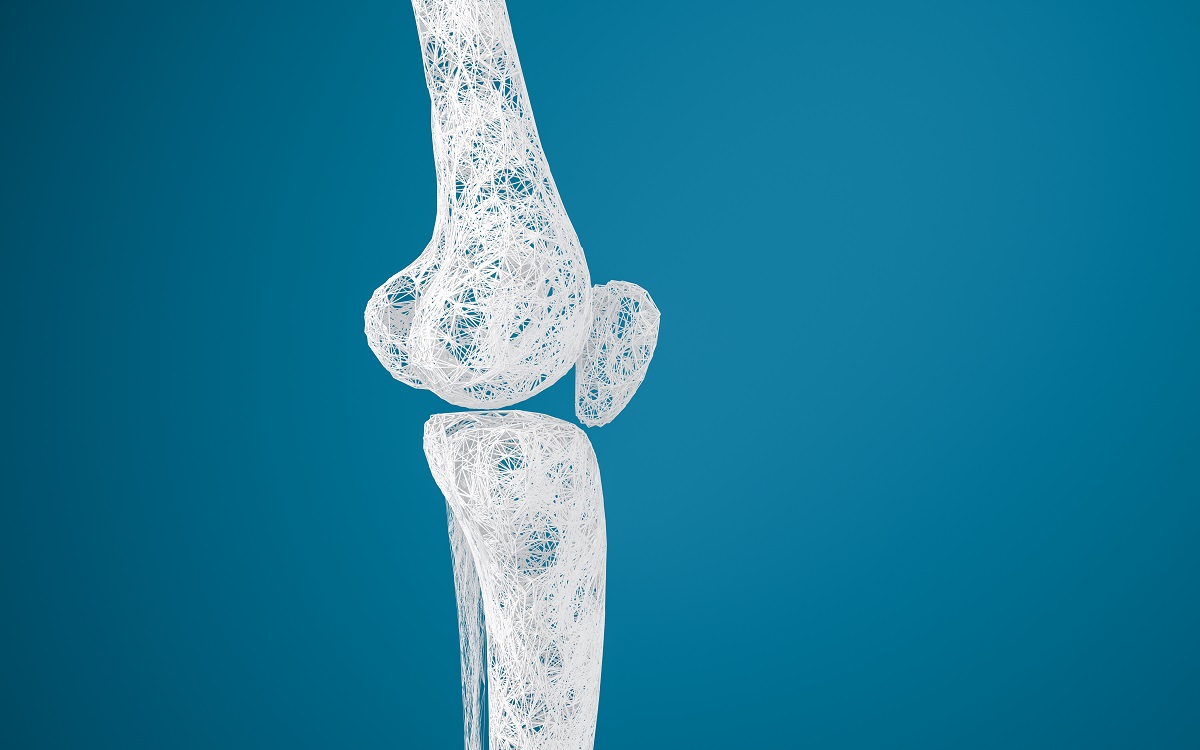The National Osteoporosis Foundation (NOF) estimates that more than 10 million Americans have osteoporosis and an additional 43.4 million have low bone mass. More than 2 million osteoporosis-related fractures occur annually in the U.S., although osteoporosis is preventable and treatable. The problem is that only a small proportion of those individuals at elevated risk for fracture are evaluated and treated.
What must primary care physicians know and do to have an impact on the problem?
Sanjay N. Mediwala, M.D., an endocrinologist based in Houston and affiliated with Michael E. DeBakey Veterans Affairs Medical Center there, shared his thoughts on the subject at the recent Pri-Med Southwest 2022 conference, focusing on a handful of key points where physicians might be most inclined to err.
Defining Osteoporosis Today
Dr. Mediwala started by addressing today’s definition of osteoporosis, and how it has expanded: In brief, despite the T-score or DXA, no matter what the patient’s reported bone density, if he or she suffers a low-trauma spine or hip fracture, “that’s osteoporosis.”
Dr. Mediwala continued on the subject by referencing and defining “fragility fractures.”
“A fragility fracture is defined as a fracture with an impact equivalent to a fall from standing position or less,” Dr. Mediwala said. “You might get patients who say, ‘but I fell on a really hard surface.’ No matter. If it was a fall from standing or less, it’s a fragility fracture.” As such, it’s a sign of underlying osteoporosis.
The Matter of Degrees
Dr. Mediwala also shared that while medicine has historically divided patients into just three groups when it comes to bone density —osteopenia, osteoporosis, or normal—more nuance has recently been added.
“There is a recognition now that even within osteoporosis there is a variety of levels of risk,” he said. “The current classification is low, moderate, high, or very high.”
Osteoporosis in Men
About 30% of the more than 2 million osteoporosis-related fractures that occur annually in the U.S. occur in men, according to the NOF. So, should men be screened, and if so, when? According to Dr. Mediwala, the general guidance is that even asymptomatic men aged 70 or older should be considered for screening. Certain circumstances, risk factors, and histories make the matter more urgent, he said.
“Certainly if there is a history of fragility fracture, even just above the age of 50, the individual should be screened. Also any man diagnosed with hypogonadism.” There are other risk factors to consider, Dr. Mediwala said, including use of medications that are harmful to bones, such as steroids, for example.
Don’t Overlook Compression Fractures
“We have known for awhile that we vastly under diagnose people with compression fractures,” Dr. Mediwala said, noting that maybe up to half of such fractures go undiagnosed. The challenge for healthcare providers is that such fractures are often asymptomatic. What to do? The guidance, Dr. Mediwala said, is that if the T-score is less than -.1 in a woman age 70 or older or a man aged 80 or older, the physician should consider vertebral imaging. He noted that lost height is another impetus for vertebral imaging.
A Fracture is Not Necessarily a Failure
What about the patient with osteoporosis who has a fracture while on treatment? Should that treatment be considered a failure? Dr. Mediwala says, “No.”
“A single fracture after initiation of therapy is not necessarily indicative of treatment failure. After all, these patients are on therapy because of their risk of fracture. Make sure the patient is compliant with therapy, but know that one fracture is not necessarily indicative of a need for change.”
The National Osteoporosis Foundation (NOF) estimates that more than 10 million Americans have osteoporosis and an additional 43.4 million have low bone mass. More than 2 million osteoporosis-related fractures occur annually in the U.S., although osteoporosis is preventable and treatable. The problem is that only a small proportion of those individuals at elevated risk for fracture are evaluated and treated.
What must primary care physicians know and do to have an impact on the problem?
Sanjay N. Mediwala, M.D., an endocrinologist based in Houston and affiliated with Michael E. DeBakey Veterans Affairs Medical Center there, shared his thoughts on the subject at the recent Pri-Med Southwest 2022 conference, focusing on a handful of key points where physicians might be most inclined to err.
Defining Osteoporosis Today
Dr. Mediwala started by addressing today’s definition of osteoporosis, and how it has expanded: In brief, despite the T-score or DXA, no matter what the patient’s reported bone density, if he or she suffers a low-trauma spine or hip fracture, “that’s osteoporosis.”
Dr. Mediwala continued on the subject by referencing and defining “fragility fractures.”
“A fragility fracture is defined as a fracture with an impact equivalent to a fall from standing position or less,” Dr. Mediwala said. “You might get patients who say, ‘but I fell on a really hard surface.’ No matter. If it was a fall from standing or less, it’s a fragility fracture.” As such, it’s a sign of underlying osteoporosis.
The Matter of Degrees
Dr. Mediwala also shared that while medicine has historically divided patients into just three groups when it comes to bone density —osteopenia, osteoporosis, or normal—more nuance has recently been added.
“There is a recognition now that even within osteoporosis there is a variety of levels of risk,” he said. “The current classification is low, moderate, high, or very high.”
Osteoporosis in Men
About 30% of the more than 2 million osteoporosis-related fractures that occur annually in the U.S. occur in men, according to the NOF. So, should men be screened, and if so, when? According to Dr. Mediwala, the general guidance is that even asymptomatic men aged 70 or older should be considered for screening. Certain circumstances, risk factors, and histories make the matter more urgent, he said.
“Certainly if there is a history of fragility fracture, even just above the age of 50, the individual should be screened. Also any man diagnosed with hypogonadism.” There are other risk factors to consider, Dr. Mediwala said, including use of medications that are harmful to bones, such as steroids, for example.
Don’t Overlook Compression Fractures
“We have known for awhile that we vastly under diagnose people with compression fractures,” Dr. Mediwala said, noting that maybe up to half of such fractures go undiagnosed. The challenge for healthcare providers is that such fractures are often asymptomatic. What to do? The guidance, Dr. Mediwala said, is that if the T-score is less than -.1 in a woman age 70 or older or a man aged 80 or older, the physician should consider vertebral imaging. He noted that lost height is another impetus for vertebral imaging.
A Fracture is Not Necessarily a Failure
What about the patient with osteoporosis who has a fracture while on treatment? Should that treatment be considered a failure? Dr. Mediwala says, “No.”
“A single fracture after initiation of therapy is not necessarily indicative of treatment failure. After all, these patients are on therapy because of their risk of fracture. Make sure the patient is compliant with therapy, but know that one fracture is not necessarily indicative of a need for change.”





